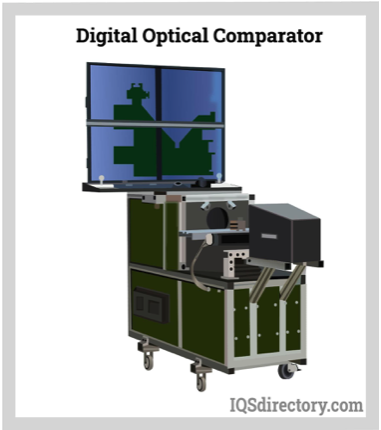What is an SDS Sheet?
As a welding consumable manufacturer, Postle Industries take our responsibility in supporting our customers supply chain and compliance departments seriously. The most common documents required form us are a certificate of conformance (COC), and a Safety Data Sheet (SDS – formally known as an MSDS). The COC is a certificate of authenticity and quality, related…







